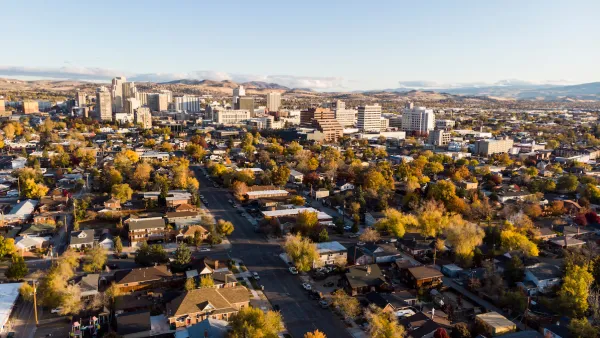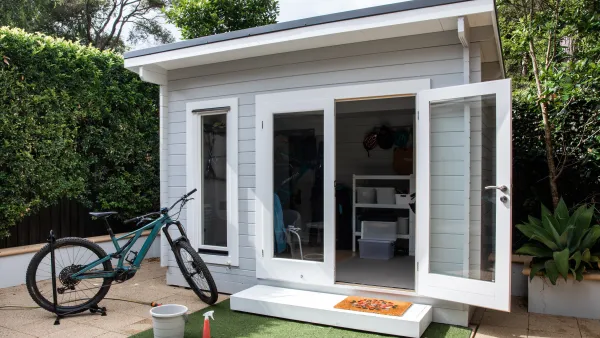Easing ADU regulations has led to some new construction in the Twin Cities, but the additional units have made a small dent in the area’s affordable housing problem.

Jessica Lee and Greta Kaul take a closer look at accessory dwelling units in the Twin Cities and find that the numbers are still low. "Since 2015 — the first year in which Minneapolis residents could apply for permits following a new ordinance by the City Council — construction peaked in 2017 with 38 new ADUs. In total, the city has permitted 137 ADUs. They are on about 0.2 percent of single-family lots." St. Paul allowed ADU construction starting in 2016, and four have been built there.
The challenges for interested homeowners in the Twin Cities are similar to ones found in other cities: high construction costs, confusing regulations and permitting processes, and difficulties obtaining loans. Both cities have taken steps to make the process easier. St. Paul, for example, now allows ADU construction throughout the city rather than just in a restricted area.
The role of ADUs in boosting available affordable housing in the Twin Cities remains to be seen, report Lee and Kaul:
In Portland there are ADUs on about 1.5 percent of single-family home lots, [Sarah] Berke said. In order to hit that benchmark Minneapolis would need about 1,200 ADUs, St. Paul would need 888, and the Twin Cities region would need about 11,000, according to a MinnPost analysis of MetCouncil data.
Still, local officials remain confident that ADU construction will pick up in the coming years with zoning reform and more calls for diversification of housing stock and increased density.
FULL STORY: Accessory dwelling units were supposed to help ease the Twin Cities’ housing crunch. How’s that working out?

National Parks Layoffs Will Cause Communities to Lose Billions
Thousands of essential park workers were laid off this week, just before the busy spring break season.

Retro-silient?: America’s First “Eco-burb,” The Woodlands Turns 50
A master-planned community north of Houston offers lessons on green infrastructure and resilient design, but falls short of its founder’s lofty affordability and walkability goals.

Delivering for America Plan Will Downgrade Mail Service in at Least 49.5 Percent of Zip Codes
Republican and Democrat lawmakers criticize the plan for its disproportionate negative impact on rural communities.

Test News Post 1
This is a summary

Test News Headline 46
Test for the image on the front page.

Balancing Bombs and Butterflies: How the National Guard Protects a Rare Species
The National Guard at Fort Indiantown Gap uses GIS technology and land management strategies to balance military training with conservation efforts, ensuring the survival of the rare eastern regal fritillary butterfly.
Urban Design for Planners 1: Software Tools
This six-course series explores essential urban design concepts using open source software and equips planners with the tools they need to participate fully in the urban design process.
Planning for Universal Design
Learn the tools for implementing Universal Design in planning regulations.
EMC Planning Group, Inc.
Planetizen
Planetizen
Mpact (formerly Rail~Volution)
Great Falls Development Authority, Inc.
HUDs Office of Policy Development and Research
NYU Wagner Graduate School of Public Service





























